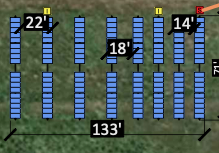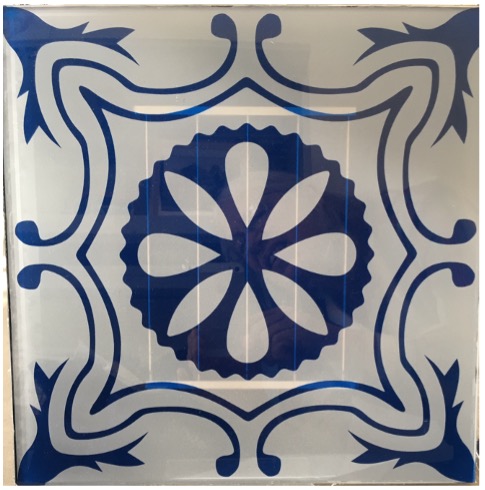Agrivoltaics and other dual land use opportunities for solar
Agrivoltaics combines agriculture with solar electricity generation to make dual use of the land. Around the world, researchers and farmers are exploring this approach to increasing profits from a single piece of land. In the U.S., this map shows locations of agrivoltaic projects, identified by crop production, habitat, grazing or greenhouse.

In the U.S. about half of the agrivoltaic projects use sheep to control grass and weeds rather than using herbicide or mowing. Most of the rest of the agrivoltaic projects plant clover or some other plant that is attractive to bees, helping nearby fields to be more productive.
In California, we propose to grow crops under the solar panels. Merced has so much sunshine that the sun sometimes damages the produce, so a little shade may be welcome. We hope that the solar panels’ shade will reduce the need for water.
UC Merced is partnering with researchers at the National Renewable Energy Laboratory (see photo, left) as part of their InSPIRE program.

We are building a system with variable spacing of the solar panels to study the spacing that will work best, as shown in the schematic to the right.
We know that farmers will be hesitant to install hardware in their fields, so we are avoiding the use of concrete and plan to use a design that is as similar as possible to what is used for conventional solar arrays.
UC Merced, under the leadership of Brandi McKuin, is also exploring solar canals, as in Project Nexus.

As solar deployments now represent > 50% of new electricity generators, it will be increasingly useful to explore attractive strategies for installing solar in places being used for other things. Solar panels can be beautiful as in the decorative solar panel (pictured left).
This research is being led by Sarah Kurtz.

